Are Pine Pellets Safe for Cats? Things You Need To Know
When it comes to our pets, there are no compromises. We all want what’s best for our felines to ensure healthy and playful cats. Pine pellets as litter are increasingly trending due to their affordability and they’re being environmentally friendly, but is it the ideal choice for your cat? Are Pine Pellets Safe for Cats?
Pine pellets are entirely safe to be used as litter for cats and, in some ways, are a superior option. This article will tell you all about pine pellets, what they are, their different types, their pros and cons, and how to transition to pine pellet litter.
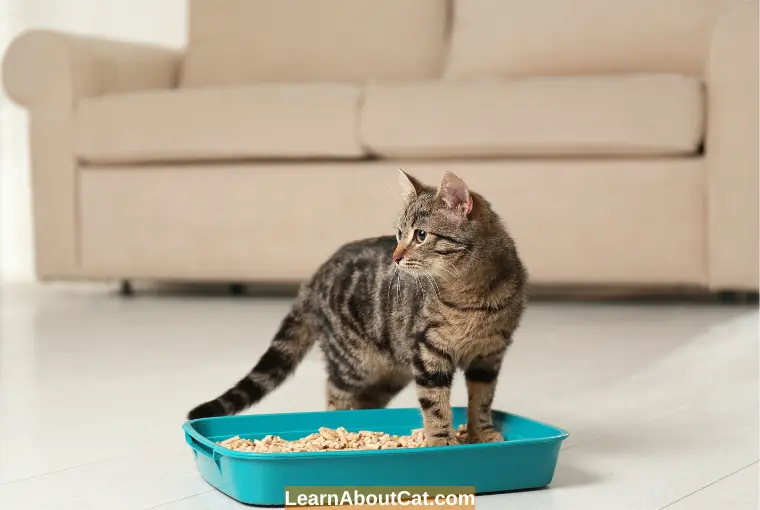
What is a Pine Pellet Cat Litter? / What are Pine Pellets?
Pine pellets are small, round pieces of pine wood. They are formed from remaining wood scrapings and sawdust during woodwork or construction. The scrapings are collected and baked in a kiln at high temperatures to remove their moisture and eventually form small, round pellets.
Pine pellets are then sold in packets of several pounds and are used for power generation in thermal power plants and as horse bedding. Due to their smell-absorbing properties, they are also used as cat litter.
Are Pine Pellets Safe for Cats?
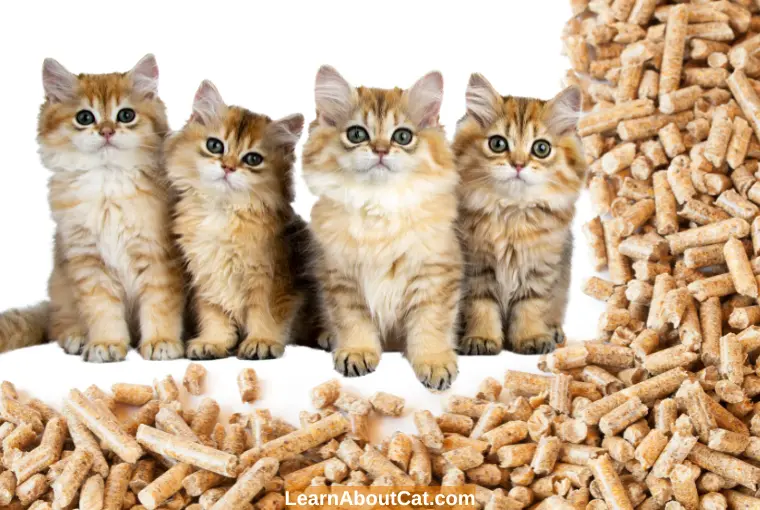
The main concern with pine pellets is if they contain a substance called phenol. Phenol is an aromatic compound in pine and many other kinds of wood that give wood its specific woody scent. However, this compound is also very toxic to cats.
Fortunately, during the baking process in a high-temperature kiln, phenol is evaporated from the wood scrapings. So pine pellets have zero phenol, making them absolutely safe for cats.
Also Read: Wood Pellet Cat Litter-Is It Safe?-Things You Need To Know
What Are The Best Pine Pellets for Cats?
There are several kinds of pine pellets available for your cat. Which is best for your cat may be something you’ve been thinking about. Here is some information that will help you decide what to get for your precious furball:
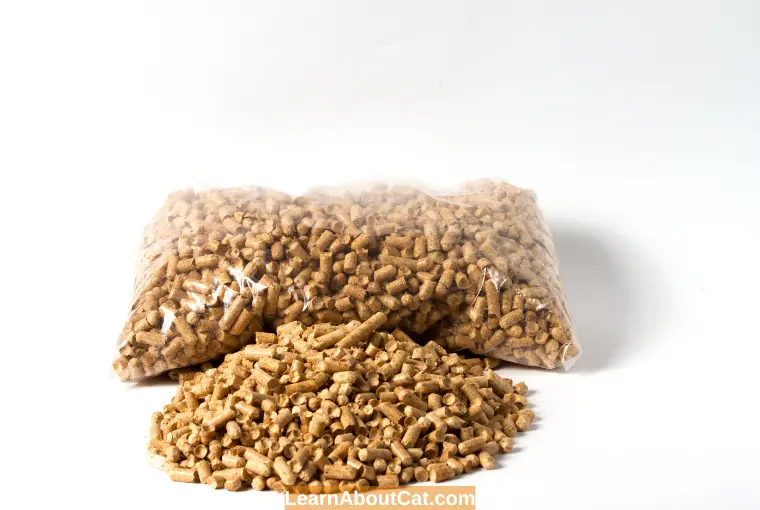
1. Branded Cat Litter Pine Pellets
Pine litter marketed specifically for cats is probably the safest option out there, considering that it is made keeping cats in mind. Nevertheless, pine pellets that are sold as cat litter have a higher price tag on them with lesser quantity than other types. If you don’t mind the higher price point and are fine with the number of pellets you get, branded cat litter is the ideal choice.
2. Equine Pine Pellets
These pine pellets are sold in large bags weighing several pounds and are made specifically for horses. They are a great choice because you can get around 40-50 pounds of pellets for about half the price of branded cat litter pine pellets, and they can easily last you months. They are completely safe for cats as long as they don’t include any additives.
3. Woodstove Pellets
These pellets are used as biofuel for wood-burning heaters. Generally, they have additives that allow them to burn for an extended amount of time, so using them as cat litter should be avoided.
Is Pine Pellet Litter Better for Your Cat’s Health?
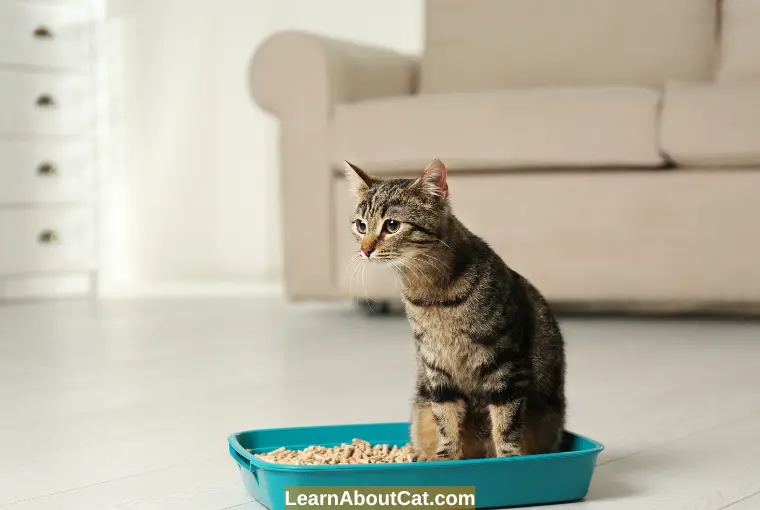
Yes, using pine pellet litter instead of clay litter is far better for your cat’s health. Clay litter contains additives and scents that can act as irritants in humans and animals. Scents are added to clay litter because they mask bad odours, whereas pine pellet litter has scent-absorbing properties.
Clay litter creates a lot of airborne dust when used, which can cause sneezing and allergies, but pine pellets do not have this issue. Additionally, they contain anti-microbial properties due to the shikimic compound acid, which means your feline is less likely to pick up nasty bacteria from its litter box. Pine pellets are 100% natural, which is better for your cat’s health.
What are the Pros and Cons of Pine Pellet Litter?
Before making the ultimate switch, you should be fully informed of the benefits and downsides of using pine pellet litter.

Pros
- Extremely Affordable: Pine pellets are extremely gentle on your wallet. For under $7, you can get a 40 pounds bag of Equine pine pebbles, which can last you for months.
- Environmental Friendly: Pine pellets are basically made of wood, so they are biodegradable and eco-friendly, which makes them the greener choice.
- They absorb stingy odours: Anyone with a cat knows how pungent cat urine can be. Pine pellets disintegrate when touched with liquid. This process gets rid of smells by absorbing ammonia in urine and turning it into sawdust, essentially removing the compound that causes the pungent smell.
- No dust or tracking: With pine litter, you don’t need to worry about airborne dust or litter being spread around the house with your cat’s paws.
- Anti-microbial: Shikimic acid is naturally found in pine, which kills off bacteria in your cat’s waste, keeping things sanitary between changes.
- A little wood goes a long way: Compared to typical litter, pine pellet litter requires significantly less frequent replacement. On average, a pine pellet litter box will get you through four weeks.
Cons
- Cats don’t prefer it: There is a learning curve to using pine pellets. Cats prefer litter that is fine in texture, like dust or sand, so they can cover up their excrement once they’re done. With pellets, that is not possible.
- A new litter box: Pine pellets need a special litter box. Because pine pellets break down and turn into sawdust when they touch urine, it needs a sifting litter box. A sifting litter box contains two cases. The top one has the litter in it that the cat uses, and the bottom one collects sawdust. The base of the top container is porous, meaning it allows sawdust to fall through. If you don’t want to buy a sifting litter box, you can clean your pet’s litter using the reverse sifting method. Use a porous shovel, scoop out some litter, shake it above a garbage bag, and then place the solid pellets back into the litter box.
- Does not cover cat poop: While pellets do a fantastic job with cat urine, cat poop is another story. Because the pellets are so large, poop cannot be covered, and its odour will spread. The only way around this is to scoop it up as soon as your cat is done. In some ways, this can be beneficial. If your cat has blood, worms or eggs in its stool, it can be easily spotted in pine pellet litter. In contrast, cats cover their poop in clay litter, so spotting pathologies are not as easy in clay litter as it is in pine pellet litter.
- Availability: Clay litter is more widely available, and pine pellet litter may be more challenging to find than traditional litter.
How to Transition to Pine Pellet Cat Litter?
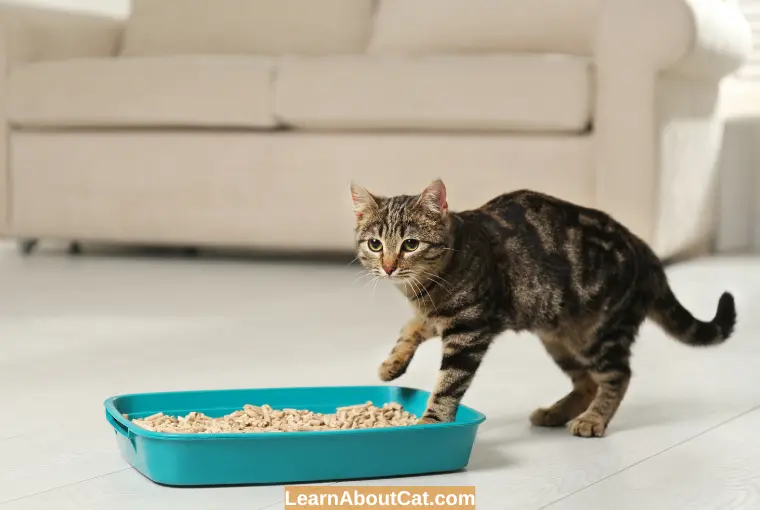
Cats need habit and familiarity in their lives. Drastically changing food or litter will cause them to protest. In protest, your cat might start soiling in other parts of the house.
The best way to transition your cat to pine pellet litter is to mix it with non-clumping clay litter. It is essential to use non-clumping clay litter as clumping clay litter mixed with pellet litter will create a mess. Mix it in a 1:4 ratio at first, then gradually increase the amount of pine pellet litter over the course of several days until the clay litter can be completely eliminated.
Be prepared for a few messes during the process. Your cat might not use the litter box a couple of times as it adjusts to the new change. Don’t worry, though; eventually, most cats transition completely.
Frequently Asked Questions
The Bottom Line on Are Pine Pellets Safe for Cats
Pine pellets are one hundred per cent safe for cats. They are economical, eco-friendly, and don’t spread dust into the air. There is a learning curve to pine pellets, as cats are used to dirt or sand, but once they get used to it, there is no better litter option for your beloved feline.
Who is Isabella?
My name is Isabella, and I am a dedicated and knowledgeable cat enthusiast. With years of experience caring for cats and a deep love for felines, I made a mission to help other cat lovers navigate the challenges of cat ownership.

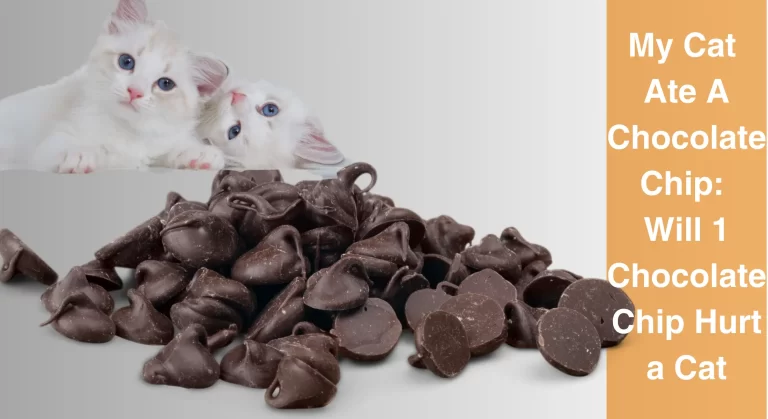
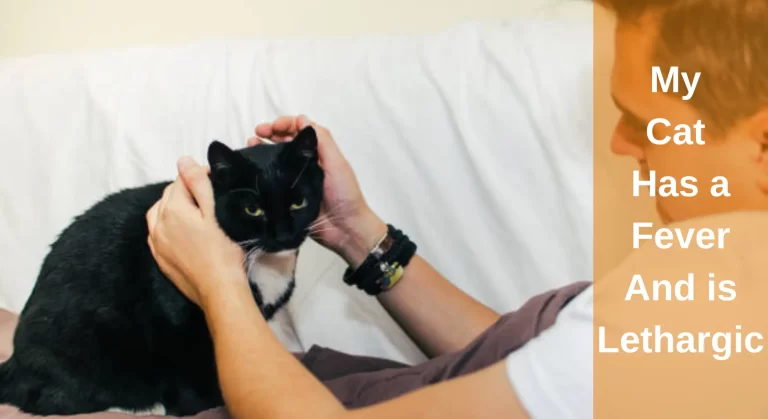
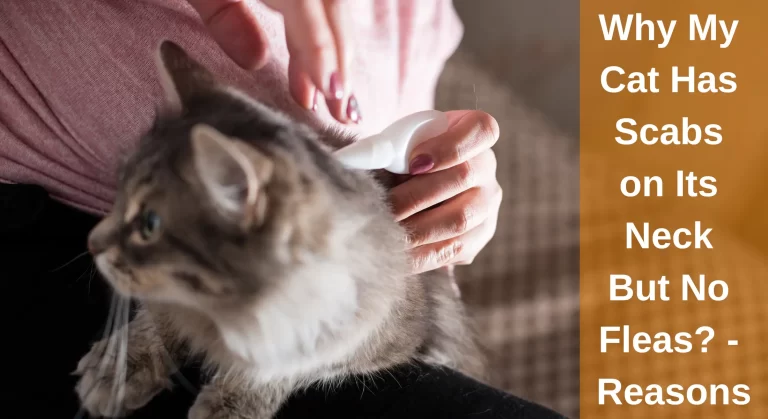
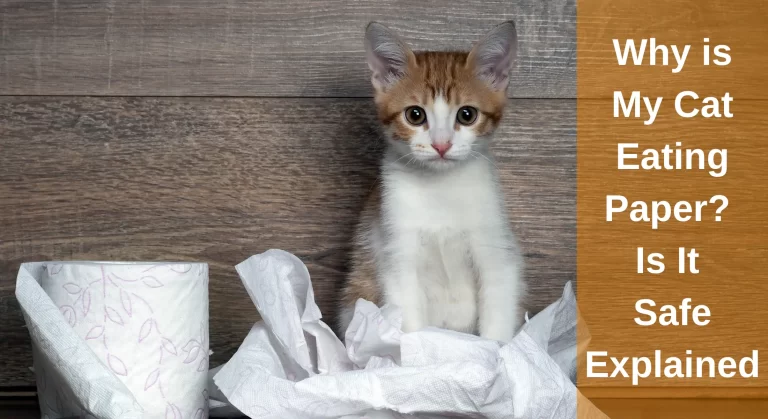

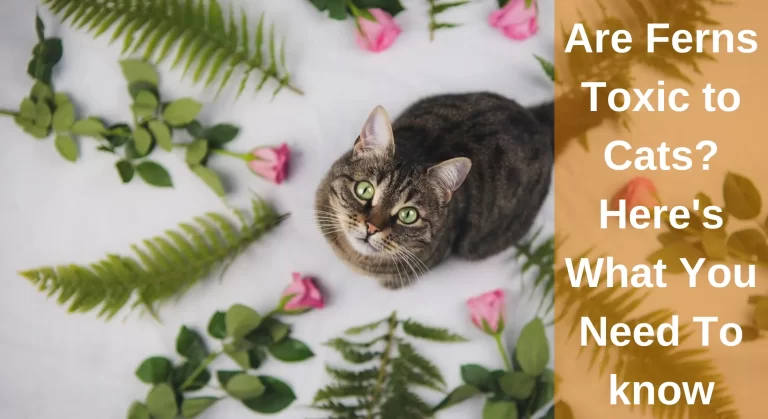
Подбирая компании для квартирного перевозки важно учитывать её наличие страховки и опыт работы .
Изучите отзывы клиентов или рейтинги в интернете, чтобы оценить надёжность исполнителя.
Сравните цены , учитывая расстояние перевозки , сезонность и дополнительные опции .
http://avenue1416.kiev.ua/forum/t/4306/
Убедитесь наличия страхового полиса и уточните условия компенсации в случае повреждений.
Обратите внимание уровень сервиса: оперативность ответов, гибкость графика .
Проверьте, есть ли специализированные автомобили и упаковочные материалы для безопасной транспортировки.